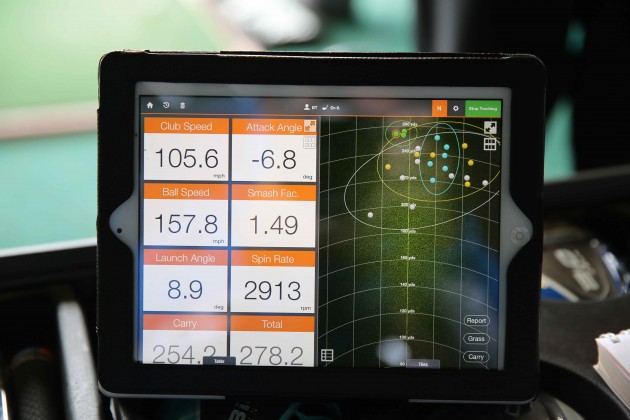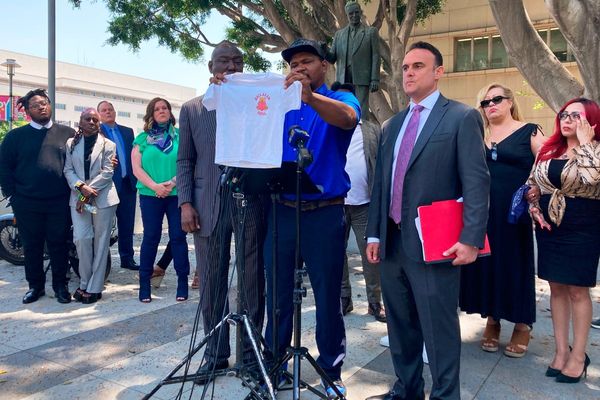
There isn’t a golfer on the planet who doesn’t want to hit the ball further. There are two factors to note here: the swing speed and the ball speed. The good news is that it isn’t as complicated as you might think.
Your swing speed is the same as your clubhead speed. This is the speed at which the clubhead is moving as it makes contact with the ball. This is one component in how far the ball will travel and it is generally measured in miles per hour.
Your swing speed is dependent on a number of factors:
- Strength and mobility will contribute to higher swing speeds
- Proper sequencing, technique and weight transfer will help
- The shaft flex, clubhead weight and aerodynamics will generate more speed
Some average driver stats include:
– PGA Tour: 115 mph
– LPGA Tour: 94 mph
– High handicap male: 85–95 mph
– Low handicap male: 105–110 mph
– High handicap female: 70–80 mph
– Low handicap female: 85–95 mph

Rory McIlroy's average clubhead speed is 123.60 mph which makes him one of the fastest swingers on the PGA Tour with his average driving distance being 320.2 yards which was the second longest in 2024. In 2021 Bryson DeChambeau was averaging a clubhead speed of a ridiculous 133 mph with his maximum speed getting close to 139 mph.
To calculate your ball speed in golf, you multiply your swing speed by your smash factor. The smash factor is a measure of how efficiently the club transfers energy to the ball. A higher smash factor – the maximum is 1.50 – indicates a more efficient transfer of energy and that results in greater ball speed for a given swing speed.
To improve your smash factor you need to find the middle of the clubface as off-centre hits will reduce that. Drivers with larger sweet spots and high MOI (moment of inertia) will help maintain that. Other factors are the ball – a ball with a high coefficient of restitution (COR) rebounds more effectively and that increases ball speed.
Swing wise clubface alignment and attack angle will also optimise that transfer of energy – a positive angle of attack/hitting up on the ball with a driver will generally increase your smash factor. Conditions will also affect how far the ball travels.
To calculate your swing speed you simply multiply your swing speed x smash factor.
Swing speed 100 mph x 1.5 smash factor = 150 mph ball speed
With your irons the smash factor is lower, typically ranging from 1.2 to 1.4, as irons are designed to impart more spin and precision rather than maximum energy transfer.
Again if we look at McIlroy, his average ball speed is over 180 mph which compares to an average of around 171 mph. The average ball speed for a driver on the LPGA Tour is 139 mph.
Professional long-drive golfer Kyle Berkshire has hit a ball at a speed of up to 241.6 mph which is the fastest recorded speed for a golf ball. He also hit a drive of 579 yards in 2023.







